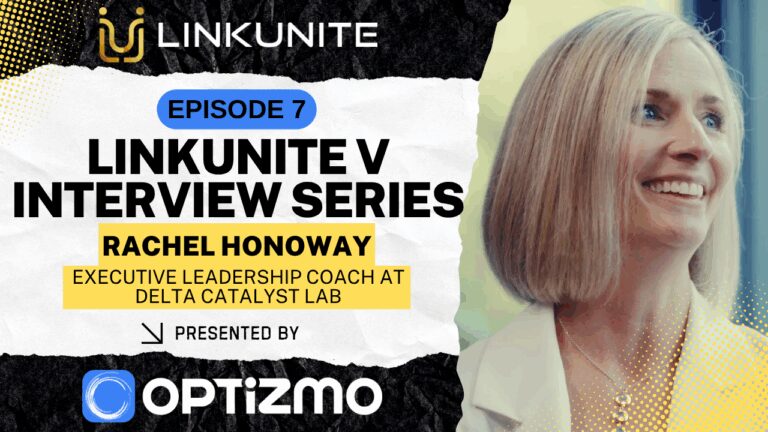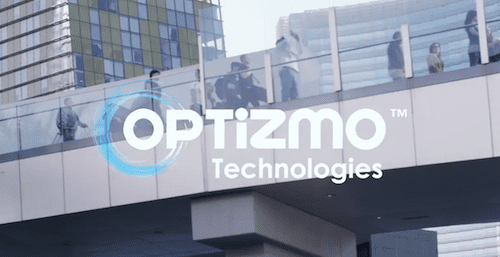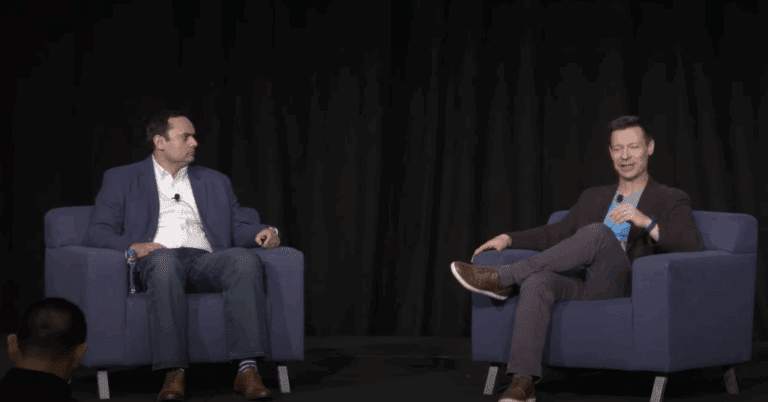List segmentation isn’t new, but the way savvy marketers are using it today looks a whole lot different than it did just a few years ago. At its core, segmentation is about grouping your recipients based on shared traits so you can send more relevant messages. But if you’re still stopping at location or age, you’re leaving a lot of opportunity on the table.
As email marketing has matured, segmentation has evolved into a much more strategic, data-driven approach. Here are several advanced segmentation tactics that can help you boost engagement, improve deliverability, and get more out of every send.
1. Behavioral Segmentation
Instead of relying on static demographics, behavioral segmentation groups subscribers based on how they actually interact with your brand. This includes things like which emails they open, what they click on, how often they browse your site, and what they purchase.
By responding to real actions, you’re able to deliver content that speaks directly to a subscriber’s interests and intent. For example, if someone regularly clicks on a specific product category in your emails, you can follow up with a curated selection of related products or special offers. It’s about making the experience feel personal without having to guess.
2. Predictive Segmentation
If behavioral segmentation is about responding to what someone did, predictive segmentation is about anticipating what they’ll do next.
This tactic uses patterns in your audience data to forecast future behavior, such as the likelihood of making a purchase, engaging with a particular type of content, or even getting ready to disengage from your email program. You can then create segments based on those predictions. A customer likely to purchase again might receive a timely reminder, while someone at risk of leaving the program could be added to a nurture series to reignite interest.
The goal is to stay one step ahead and meet your subscribers with the right message before they even realize they need it.
3. Engagement Scoring
Engagement scoring assigns value to different actions (opens, clicks, purchases, time on site) and helps you rank subscribers by their level of interaction. This gives you a more nuanced view of your list and can help guide how often and what type of content you send.
Highly engaged subscribers might receive early access or exclusive content. Those with lower scores may benefit from more personalized or infrequent messaging. Used well, engagement scoring supports smarter segmentation without over-emailing or under-serving your audience.
4. RFM Analysis (Recency, Frequency, Monetary)
RFM stands for Recency, Frequency, and Monetary value, three key indicators of customer behavior that companies have been using for many years. By scoring your audience based on how recently they purchased, how often they purchase, and how much they spend, you can group them into meaningful segments like “champions,” “at risk,” or “inactive,” just to list a few examples.
For instance, “Champions” (recent, frequent, and high spenders) might get VIP perks, loyalty rewards, or early access to new products. “At risk” customers who haven’t purchased in a while could receive a win-back campaign or a feedback survey. RFM segmentation allows you to deliver targeted content that matches customer value.
5. Dynamic Lifecycle Segmentation
Combining real-time data with lifecycle stage segmentation helps ensure your emails are always aligned with where someone is in their customer journey. Subscribers move in and out of segments automatically based on behaviors or milestones, like making a first purchase or going inactive.
A new customer might automatically trigger a welcome sequence. A repeat purchaser might receive product recommendations or loyalty rewards. Someone who stops engaging could be enrolled in a reactivation series. The ability to shift segment membership based on activity keeps your messaging timely and relevant.
6. Self-Segmentation
Sometimes, the best way to know what your audience wants is just to ask. Self-segmentation involves letting subscribers choose their preferences, through signup forms, onboarding flows, or a preference center.
This might include selecting topics they want to hear about, how often they want to receive emails, or even specific product categories they’re interested in. When subscribers shape their own experience, they’re more likely to stay engaged. Plus, it helps you send content that’s genuinely relevant and avoid the kind that makes people unsubscribe.
Conclusion
Advanced segmentation is about being more intentional with the data you already have. When you send smarter, more tailored content to the right segments, your emails can feel less like marketing and more like a service.
You don’t need to implement every tactic at once. Start with the one that aligns best with your current goals or data availability, and build from there. The more closely your emails align with your subscribers’ behavior, needs, and preferences, the more effective your campaigns will be.
For more tips on email marketing, check out our article on 7 Interactive Email Ideas to Boost Engagement,
or explore the rest of our blog here for more insights.




